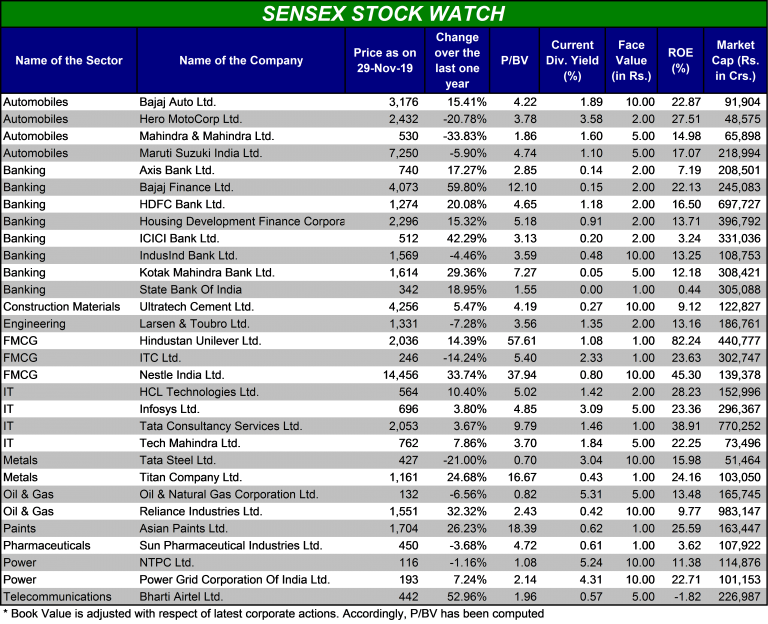Indexation
Date Published: March 23, 2021

What is Indexation ?
Indexation is a prudent way to prevent draining of your returns on investments by way of taxes. Indexation is applicable to long-term investments, which include debt fund and other asset classes. Indexation helps you adjust the purchase price of the investments. In this way, you will be able to lower your tax liability. Before embarking on indexation, we must understand two other concepts – inflation and capital gains.
Example: Provided an asset is eligible for indexation benefits (for example, in the case of debt mutual funds, which requires more than 3 years of holding period), Long term capital gain post-indexation on any asset is calculated by subtracting the inflation-indexed cost price from the sale price. Illustration: For an asset purchased in 2002 for Rs. 10,000 and sold in 2014 for Rs 25,000, the inflation-indexed cost price will be calculated as: (Rs 10,000 *(240 / 105)) = Rs 22,857 ; where Cost Inflation Index (CII) in 2014 = 240 and CII in 2002 = 105, the long-term capital gains post indexation = 25,000 – 22,857 = 2,143.
What are the benefits of Indexation ?
Indexation is used to adjust the purchase price of an investment to reflect the effect of inflation on it. A higher purchase price means lesser profits, which effectively means a lower tax. With the help of indexation, we will be able to lower your long-term capital gains, which bring down your taxable income. Indexation is the reason why debt funds are considered an excellent fixed-income investment option when compared to conventional fixed deposits (FDs). Indexation makes the game of investment a win-win affair. The rate of inflation used for indexation can be taken from the government’s Cost Inflation Index (CII). The Central Government determines the values in the index and is updated on the income tax department’s website. We can view the Cost Inflation Index from 1981 onwards.
